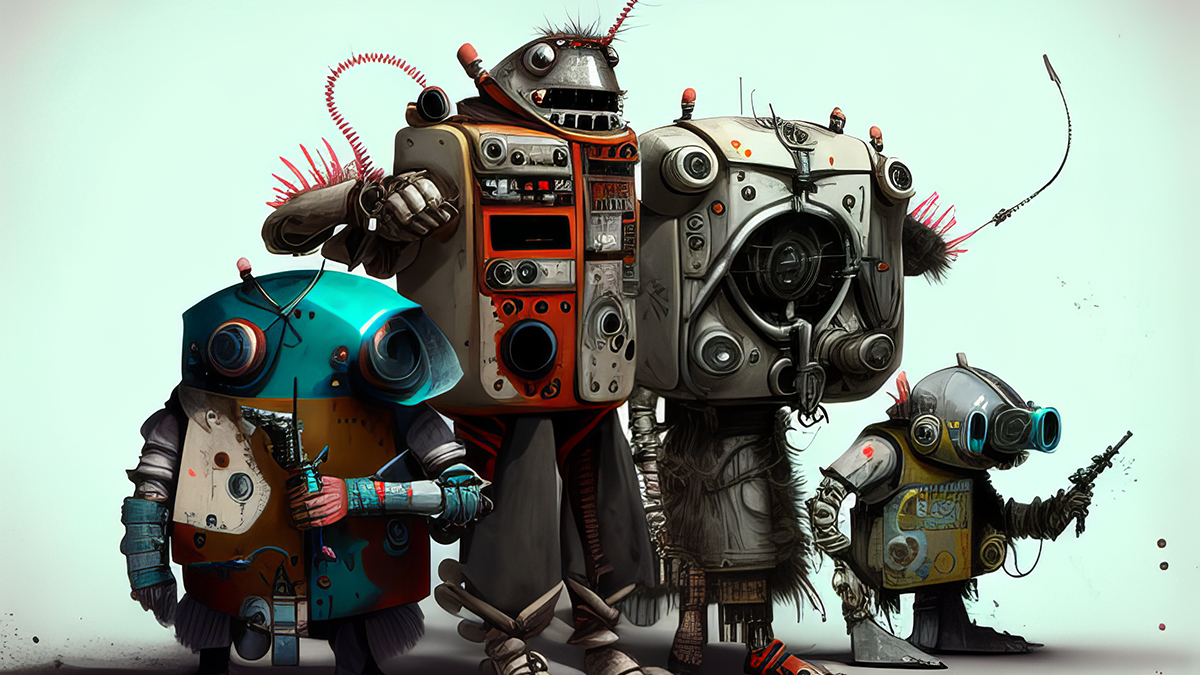Graph AI models that could be used for generative AI
- 7 minutes read - 1473 words
Table of Contents
Since AI models and Generative AI services like Midjourney, Dalle-2, Stable Diffusion, and ChatGPT/GPT-n have made Generative AI more popular and used, it seems like a good time to look at some AI-related ideas in more depth:
- multi-headed
- single-headed
And we could see increased interest in graph models in the future. Multimodal graph models, for example, can deal with graph-structured data that includes many tasks. These tasks may consist of text, photos, videos, and audio.
What’s the difference between multi-headed and single-headed in artificial intelligence inference?
A model with several outputs or predictions is called “multi-headed” in artificial intelligence.
A “single-headed” model, on the other hand, makes only a single prediction.
Models with multiple heads are frequently employed for tasks that need several predictions, such as image categorization and object detection.
Single-prediction tasks like language translation or text classification are better suited to single-headed models.
The primary distinction lies in the range of predictions or outputs that each model may generate.
What are typical multi-headed AI models?
Here are a few examples of standard multi-headed AI models:
- For NLP applications like sentiment analysis and named entity recognition, try using BERT (Bidirectional Encoder Representations from Transformers).
- The Generative Pre-training Transformer (GPT) is a language-generation tool used in machine translation and text summarization applications.
- ResNet (Residual Network) for object detection and picture classification
- R-CNN (Regions with CNN features) for object detection and its variations (Fast R-CNN, Faster R-CNN)
- Transformer-XL, the ultimate language-learning and content-creating tool
- XLNet: A Neural Network for Translating and Writing
- T5 Language Understanding and Generation System
Typical single-headed models
Some typical single-headed AI models include:
- Naive Bayes for classification
- Gradient Boosting for classification and regression
- Random Forest for classification and regression
- Support Vector Machines (SVMs) for classification
- Classification and Regression Using Neural Networks (Perceptron, MLP, etc.)
- Sequence prediction using long short-term memory (LSTM)
- A sequence-to-sequence task transformer for applications like machine translation and text summarizing
- U-net for Image Segmentation (like Stable Diffusion)
What is an AI Graph Model?
An AI graph model is a type of AI model created specifically for working with and analyzing graph-structured data. The term “graph-structured data” is used to describe information that is structured as a network of connected nodes (edges).
These models’ activities include node classification, connection prediction, graph classification, and community detection (for example, social media influencer networks or money laundering).
Classifying graph neural network models as single-headed or multi-headed is possible. Typically, the only prediction or output from single-headed models is some ranking of nodes by importance or clustering of nodes into communities.
On the other hand, multi-headed models can produce several predictions or outputs, such as the classification of nodes and the prediction of linkages.
The architectures and methods used to process graph data can be used to categorize graph AI models further. Convolutional networks, attention networks, and generative graph models are some illustrations.
Natural language processing, computer vision, bioinformatics, and social network research are some of these models’ many uses.
Future Developments of AI Graph Models
Several varieties of AI graph models are poised to become increasingly popular shortly. Among these are:
- Graph Transformer models employ the transformer architecture to handle data in a graph format. The models have excelled in graph-to-sequence tasks like language synthesis and text summarization using graphs.
- Generative models can generate new graph structures and node and edge properties. Graph sampling, generation, and completion have all been accomplished with these models.
- Low-dimensional representations of graph-structured data for use in tasks like graph classification and node classification are the goal of graph representation learning models.
- Models from Graph Reinforcement Learning can be applied to challenges involving making choices with data arranged in a graph format.
- Recommendation systems and sequential decision-making (Story Telling) on graphs are two applications that have benefited from these models.
- Multi-modal graph models can deal with graph-structured data containing modalities, such as text, images, and audio. Multi-modal graph-based image captioning and video summarization tasks have been accomplished with the help of these models.
Multi-headed Graph AI models
Artificial intelligence models with various outputs or predictions are called “multi-headed graph AI models.” Some examples:
- Graph Convolutional Network (GCN) solves node and graph classification tasks.
- Graph Attention Network (GAT) solves node and graph classification tasks by focusing on essential nodes.
- Graph Isomorphism Network (GIN ) is used for solving classification problems that involve nodes and graphs by leveraging the structural information of graphs.
- GraphSAGE , “Graph convolutional neural networks for inductive representation learning on large graphs,” is used to solve node classification and graph classification problems using a sampled subgraph to learn representations.
- Graph Transformer is used for graph-to-graph prediction tasks, such as predicting chemical reactions or molecular properties.
- GPT-G is a graph-based language model that generates text based on graph-structured inputs, making it helpful in solving problems that require generating natural language descriptions of complex graphs or networks.
- Message Passing Neural Networks (MPNNs ) are GNNs that use message-passing algorithms to propagate information between nodes in a graph. They can predict molecular properties and protein-protein interactions and analyze social networks.
- Graph Autoencoders (GAEs) are neural networks that can be used for unsupervised learning on graphs. They are typically used for graph reconstruction, link prediction, and anomaly detection tasks .
- Graph Reinforcement Learning (GRL) is a type of reinforcement learning that operates on graph-structured data. It can be used for graph navigation, recommendation systems, and game-playing tasks.
- Graph Variational Autoencoders (GVAEs ) is a type of generative model that can be used for unsupervised learning on graphs. They are typically used for graph generation, anomaly detection, and recommendation systems.
Data for graph learning can be found here .
Single-headed AI Graph models
Artificial intelligence models with a single output or prediction are called “single-headed graph AI models.” These are all examples of single-node graph AI models:
- Graph Convolutional Networks (GCN ) is used for graph classification tasks, such as node classification and graph classification, and use a localized convolutional operation to learn representations of nodes in a graph.
- Graph Attention Networks (GAT ) are used for graph classification tasks and use attention mechanisms to learn importance weights for each node’s neighbors, allowing the model to focus on the most relevant information.
Graph Convolutional Network, an example of a multi-headed ai graph model.
One of the most widely used and well-known multi-headed graph AI models is the Graph Convolutional Network (GCN).
GCN is an extension of convolutional neural networks (CNNs) for graph-structured data. It can be used for graph-based tasks such as node classification, link prediction, and graph classification.
GCN can handle node features and graph structure and effectively propagate information through the graph using graph convolution operation. GCN has been proven to be very effective on various graph-based problems in multiple domains, such as social networks, bioinformatics, and chemistry.
The GCN model and its variants, like Graph Attention Networks (GAT) and Graph Isomorphism Networks (GIN), are widely used to solve many graph-based tasks.
Conclusions
AI Graph Models, which work with graph-structured data, are also gaining traction. These models can be single-headed or multi-headed and can be further categorized based on their architectures and methods. Future developments in AI Graph Models include Graph Transformer models, generative models, graph representation learning models, and multi-modal graph models.
Examples of multi-headed graph AI models include Graph Convolutional Networks (GCNs), Graph Attention Networks (GATs), and Graph Isomorphism Networks (GINs). On the other hand, single-headed graph AI models include specific instances of GCNs and GATs focused on graph classification tasks.
The Graph Convolutional Network (GCN) is a notable example of a multi-headed graph AI model. It extends the principles of CNNs to handle graph-structured data and has proven effective in various domains such as social networks, bioinformatics, and chemistry. As Generative AI continues to evolve, we can expect further advancements and increased interest in AI models, particularly in graph models.


